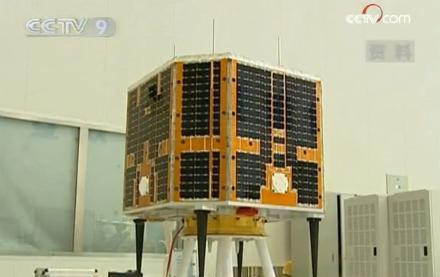Great videos on how one can capture data that is unintentionally transmitted by interconnecting cables.
The receiver used is a Software Defined Radio, specifically the Ettus Research USRP. The software is based on the GNU Radio suite.
Great videos on how one can capture data that is unintentionally transmitted by interconnecting cables.
The receiver used is a Software Defined Radio, specifically the Ettus Research USRP. The software is based on the GNU Radio suite.
This is a very funny post from Jeff, KE9V.
Dmetry and Olaf walked into a dimly lit tavern and selected a booth far in the back where they could not be easily overhead. Dmetry was a hulking 300 lbs man who had muscled his way into the lower echelons of leadership in the Russian mafia but he was most interested in disappearing a very wealthy man as soon as possible.
It goes on..
“This application includes a Trojan horse; it will offload itself from the primary application upon installation, and play hide and seek with any anti-virus measures that may have been installed” Olaf said as a perverted grin spread across his face. “Then when we are ready, we will have at our disposal 100,000 networked computers that will do our bidding whenever the signal is given”.
Dmetry wasn’t easily convinced. “But why, why should these people be willing to install this botnet?”
Olaf replied, “They have no idea what they are doing. Urmil has written an application for radio amateurs, maybe you’ve heard of these radio ‘hams’, no? They love to play with their computers and their radios but they know little about the technology behind it all. This new application will be software that permits their computers to communicate via HF radio, they are crazy for free software and shiny new baubles to play with.”
“We will tell them that this software is for a new mode of communication and it will spread like wildfire in their community. They will never be the wiser…”
So funny, but it isn’t all that big a leap to see it actually happening. Very funny, thanks Jeff.
(Of course I use fldigi, build it from source, and keep an eye on what stuff is actually leaving my machine as much as possible.)
From Jameco Electronics
Reasons why you should always carry a roll when heading into space, and how useful it truly is. Great read.
I have always been interested in the shuttle missions. There is, I guess a natural curiosity about anything to do with space. I’ve observed a few launches that passed through the sky’s over Ireland. I saw STS-127 on the launchpad, and then streaking across the sky over Ireland. What I hadn’t done (before yesterday) is listen to voice communications from the Orbiter directly. I’ve tried a few times, but not really persisted.
Yesterday at approximately 09:30 I snagged the following Audio Clip on 259.7MHz AM. Suffice it to say, it made my day. Many thanks to the Hearsat folks for putting up with my dumb questions. Also I must agree with Hugh, it was probably the prettiest launch I’ve ever seen.
.. and space junk.
Interesting Visualisation here.
Spotted on the Southgate Amateur Radio club’s website.
Astronauts aboard the International Space Station received a special software upgrade last week –
personal access to the Internet and the World Wide Web via the ultimate wireless connection.
Expedition 22 Flight Engineer T.J. Creamer, KC5WKI, made first use of the new system on Friday when he posted the first unassisted update to his Twitter account, @Astro_TJ, from the space station.
I spotted this on the Southgate Amateur Radio Clubs news feed this morning. Looking forward to learning something by reading it. Pretty cool project though, it has to be said.
A thesis based on the work done for the SO-67 Amateur Satellite is now available here.
Titled “Reusable Software Defined Radio Platform for Micro-satellites” it was written by John Foster Van Wyk of Stellenbosch University and describes the design and implementation of a software platform for the software defined radio (SDR) that formed part of the Sumbandila (SO-67) Amateur Radio satellite.
The Amateur Radio payload on SO-67 operates in conjunction with the Software Defined Receiver project sharing the VHF receiver and UHF transmitter used by the SDR project.
The nominal frequencies for SO-67 are Uplink 145.875 MHz and Downlink 435.345 MHz +/- Doppler shift
Sumbandila (SO-67) Mission Blog
Southern African Amateur Radio Satellite Association (SA AMSAT) and SO-67 schedule
Wow, time sure is flying by December 31st already. Let me see, things of note. Cormac is building a Millenium Falcon (very cool). Scott has released his new Weather Station, the ADS-WS1. I finally got my head around ALSA’s dsnoop plugin on Linux, which is very handy when trying to stream and record from the same device.
I’ve spent the last two days pulling as many of my MP3’s off a dying drive as possible while playing with an AOR AR5000 that Santa brought me (good man Santa!).

Hope-1 was launched on 14th December. This is a big deal as it is (to my knowledge) the first Amateur Satellite launched from China.

See you in 2010.